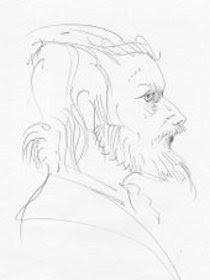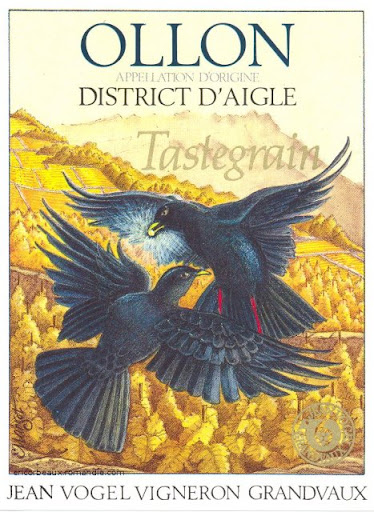
|
|||
Briefs were first sold on January 19, 1935 by Coopers, Inc., in Chicago, Illinois. They dubbed the new undergarment the "Jockey" because it offered a similar degree of support as the jockstrap (one style of which is also called Jock brief or Support briefs). Thirty-thousand pairs were sold within three months of their introduction. In North America, "Jockey shorts" or "Jockeys" is often used as a generic term for men's briefs. |
In the UK, briefs were first sold in 1938. Soon, shops were selling 3,000 briefs per week. They were so popular that in 1948, every member of the British Olympic team was given a free pair of briefs. But nobody knows who actually made the dragon's red dotted briefs ! |
More information about the dragons, but sadly in French below Menu Dragons 
But the fact what they eat dragons? Text source: Wikipedia of course |































































